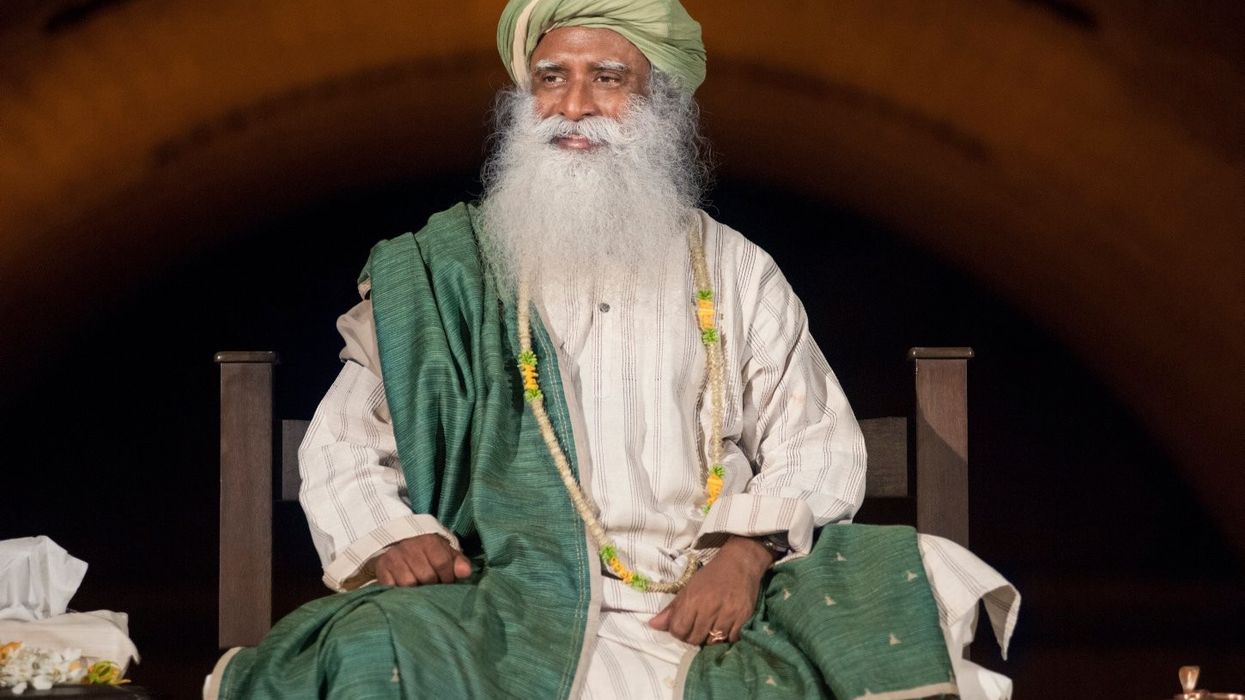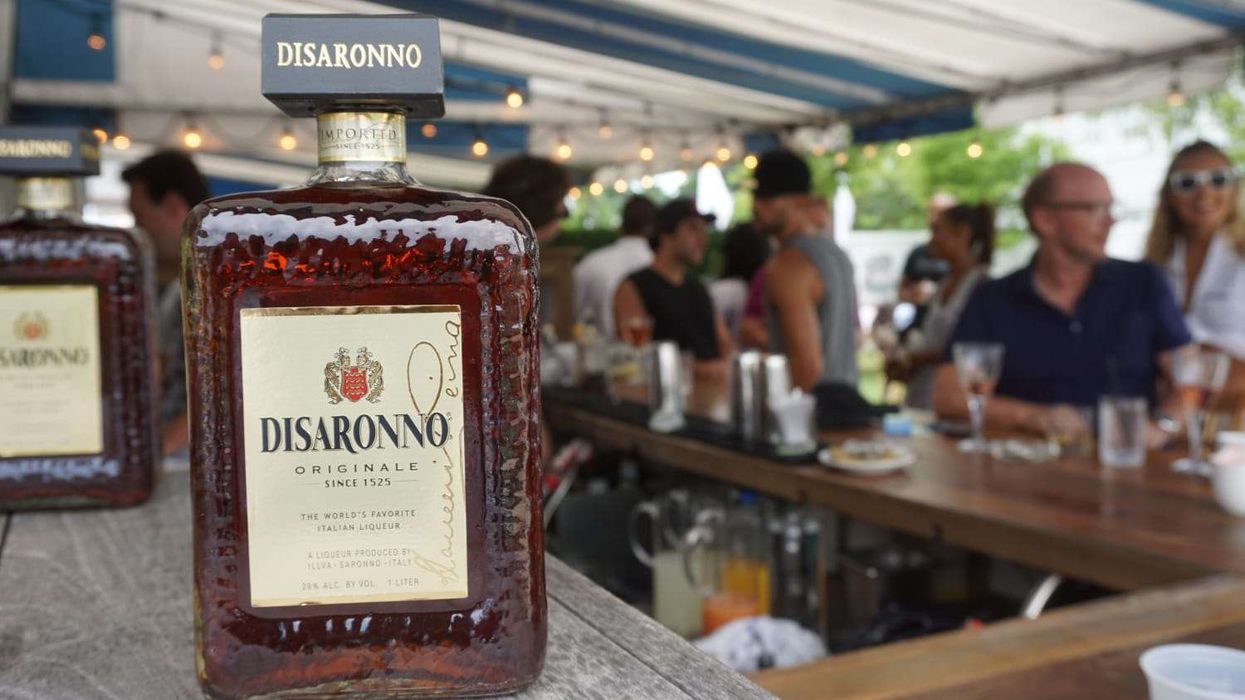Can a cup of coffee with milk have an anti-inflammatory impact on humans? According to a new study from the University of Copenhagen, this is the case. Anti-inflammatory effects in immune cells are doubled when proteins and antioxidants are combined. The researchers intend to investigate the implications on human health.
Whenever bacteria, viruses, and other foreign substances enter the body, our immune systems react by deploying white blood cells and chemical substances to protect us. This reaction, commonly known as inflammation, also occurs whenever we overload tendons and muscles and is characteristic of diseases like rheumatoid arthritis.
Antioxidants known as polyphenols are found in humans, plants, fruits and vegetables. This group of antioxidants is also used by the food industry to slow the oxidation and deterioration of food quality and thereby avoid off flavors and rancidity. Polyphenols are also known to be healthy for humans, as they help reduce oxidative stress in the body that gives rise to inflammation.
But much remains unknown about polyphenols. Relatively few studies have investigated what happens when polyphenols react with other molecules, such as proteins mixed into foods that we then consume.
In a new study, researchers at the Department of Food Science, in collaboration with researchers from the Department of Veterinary and Animal Sciences, at University of Copenhagen investigated how polyphenols behave when combined with amino acids, the building blocks of proteins. The results have been promising.
"In the study, we show that as a polyphenol reacts with an amino acid, its inhibitory effect on inflammation in immune cells is enhanced. As such, it is clearly imaginable that this cocktail could also have a beneficial effect on inflammation in humans. We will now investigate further, initially in animals. After that, we hope to receive research funding which will allow us to study the effect in humans," says Professor Marianne Nissen Lund from the Department of Food Science, who headed the study.
The study has just been published in the Journal of Agricultural and Food Chemistry.
Twice as good at fighting inflammation
To investigate the anti-inflammatory effect of combining polyphenols with proteins, the researchers applied artificial inflammation to immune cells. Some of the cells received various doses of polyphenols that had reacted with an amino acid, while others only received polyphenols in the same doses. A control group received nothing.
The researchers observed that immune cells treated with the combination of polyphenols and amino acids were twice as effective at fighting inflammation as the cells to which only polyphenols were added.
"It is interesting to have now observed the anti-inflammatory effect in cell experiments. And obviously, this has only made us more interested in understanding these health effects in greater detail. So, the next step will be to study the effects in animals," says Associate Professor Andrew Williams of the Department of Veterinary and Animal Sciences at the Faculty of Health and Medical Sciences, who is also senior author of the study.
Previous studies by the researchers demonstrated that polyphenols bind to proteins in meat products, milk and beer. In another new study, they tested whether the molecules also bind to each other in a coffee drink with milk. Indeed, coffee beans are filled with polyphenols, while milk is rich in proteins.
"Our result demonstrates that the reaction between polyphenols and proteins also happens in some of the coffee drinks with milk that we studied. In fact, the reaction happens so quickly that it has been difficult to avoid in any of the foods that we've studied so far," says Marianne Nissen Lund.
Therefore, the researcher does not find it difficult to imagine that the reaction and potentially beneficial anti-inflammatory effect also occur when other foods consisting of proteins and fruits or vegetables are combined.
"I can imagine that something similar happens in, for example, a meat dish with vegetables or a smoothie, if you make sure to add some protein like milk or yogurt," says Marianne Nissen Lund.
Industry and the research community have both taken note of the major advantages of polyphenols. As such, they are working on how to add the right quantities of polyphenols in foods to achieve the best quality. The new research results are promising in this context as well:
"Because humans do not absorb that much polyphenol, many researchers are studying how to encapsulate polyphenols in protein structures which improve their absorption in the body. This strategy has the added advantage of enhancing the anti-inflammatory effects of polyphenols," explains Marianne Nissen Lund.
The research is funded by Independent Research Fund Denmark and conducted in collaboration with the Technical University of Dresden in Germany.
Polyphenol facts
Polyphenols are a group of naturally occurring antioxidants important for humans. They prevent and delay the oxidation of healthy chemical substances and organs in our bodies, thereby protecting them from damage or destruction.
Polyphenols are found in a variety of fruits and vegetables, tea, coffee, red wine and beer.
Due to their antioxidant properties, polyphenols are used in the food industry to minimise the oxidation of fats in particular, as well as the quality deterioration of foods, to avoid off flavours and rancidity.
- ANI












